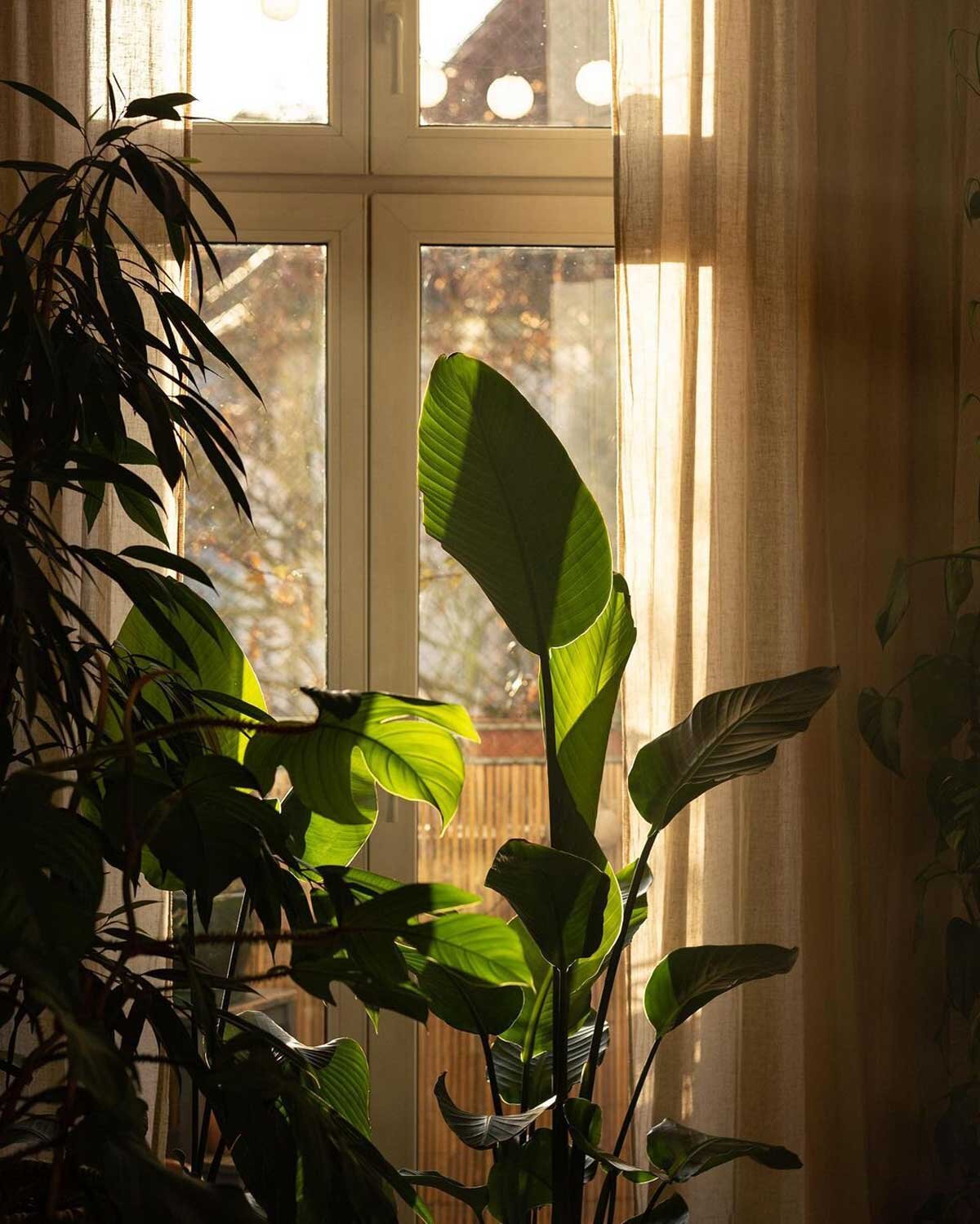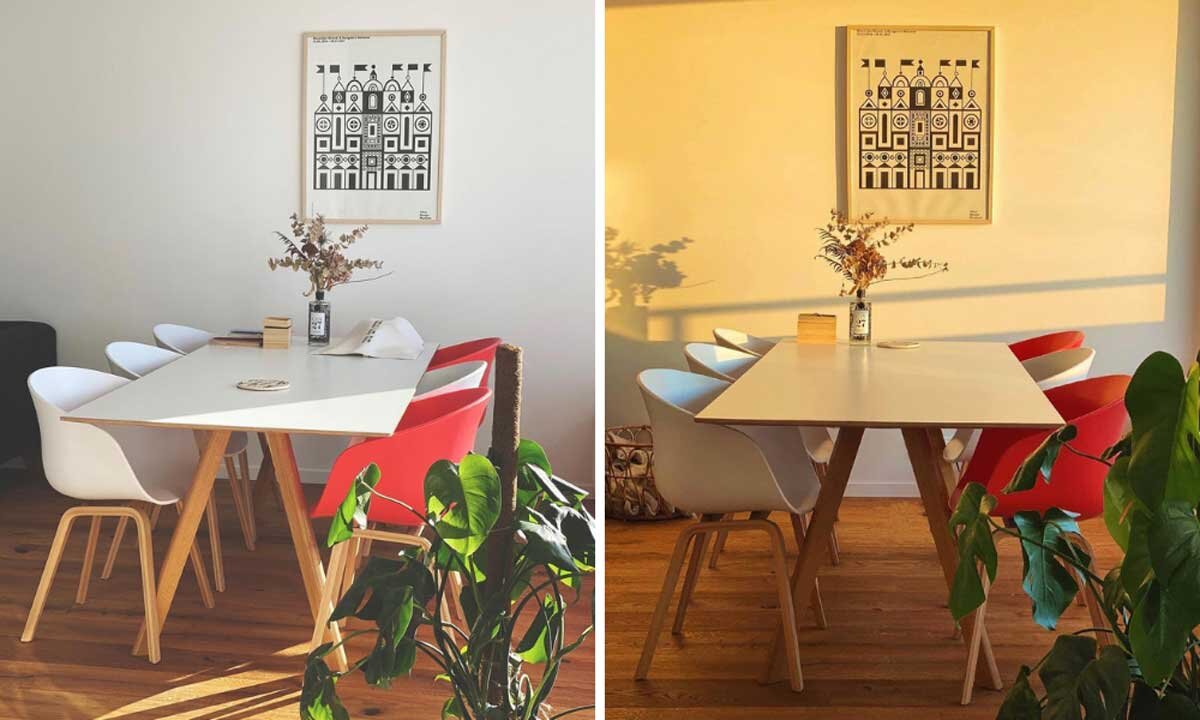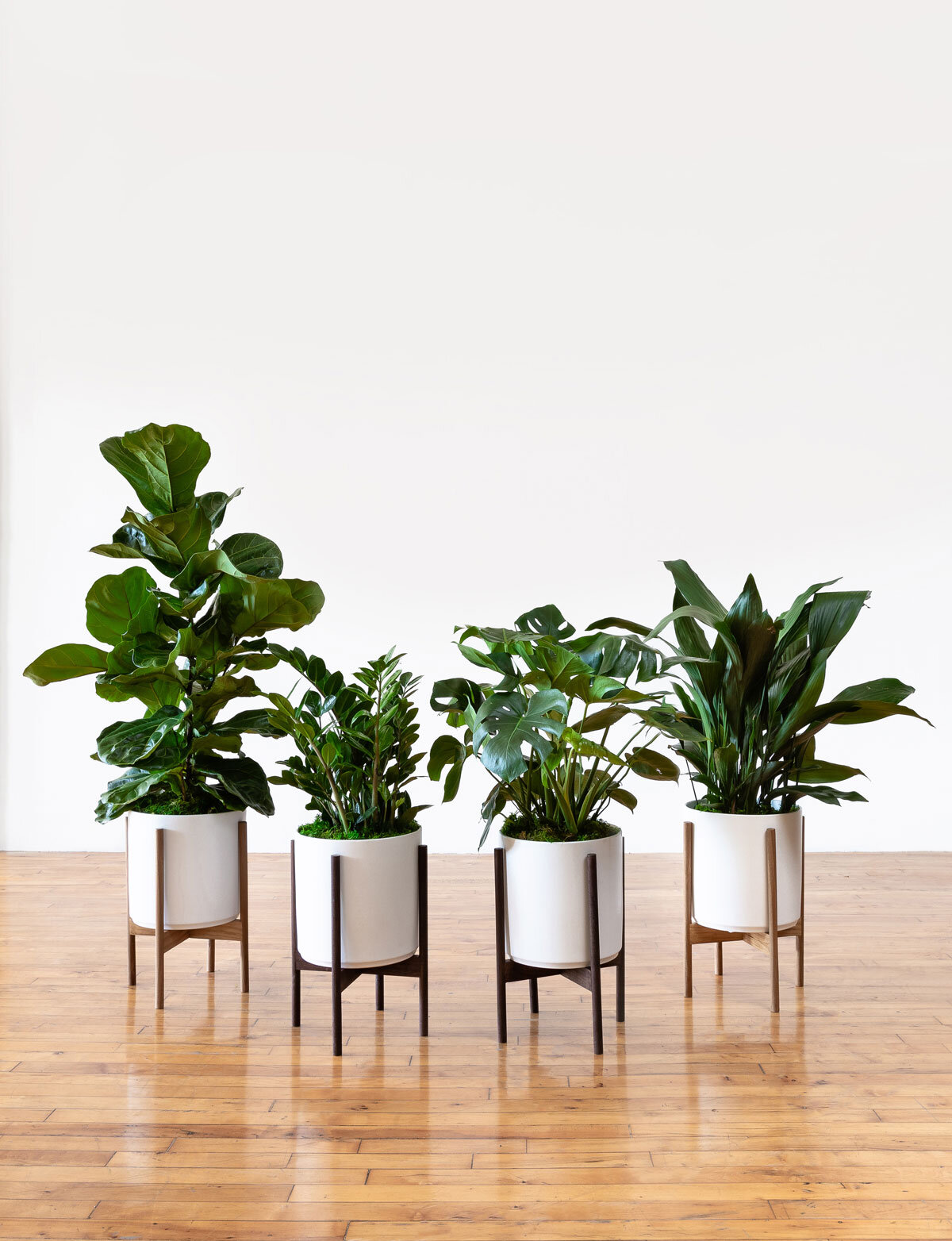The Secrets Behind Fall's Changing Light
Autumn brings a host of visual treats with it, but none more soothing than the way it causes the world to glow with that unforgettable, soft fall light. And it’s not just a figment of your imagination! The fall season really does cause a change in sunlight and the way we perceive it. Even our plants embrace autumn light with new behaviors. Read on to learn more.
The Hows and Whys of Fall Light
Seasons occur as a result of the Earth turning on its axis as our planet orbits the sun. It all comes down to this tilt: at the height of summer (for the northern hemisphere), the sun is shining directly down on us creating bright beams of summer sunshine.
During autumn, the tilt of the Earth means the sun is lower on the horizon, casting a longer, weaker ray of light, hence the glow that we’ve come to love and associate with this season. This is also why shadows are longer during the fall: because of the Earth’s tilt, the Sun’s light hits the Earth at a lower angle.
But What Does This Mean for my Plants?
Because fall light is more evenly diffused, this will likely result in your plant receiving more or less light (depending on the time of day) than it did in the summer. Plants can react to this with phototropic behavior (reaching and growing toward the source of light).
This newly softened sunlight can also mean that plants that you would usually keep away from direct sunlight can be placed in its path without issues. Depending on your plant’s individual lighting requirements, you may wish to move it to a brighter location.
Beautiful Fall Light in Action
What an exquisite example of the soft autumn light we love! This gorgeous Bird of Paradise is bathed in classic, afternoon fall light. Note the shadows and deep, plush quality of the sunlight- it’s a far cry from the strong light of summer, and it softens the entire space. Because the light-loving Bird of Paradise is still situated close to the window, it’s still healthily nourished, even as the season shifts. Photo credit: @caropeony
This gorgeous apartment features two Léon & George plant varieties and they both appear to be loving the diffuse autumn light they’re receiving. The Monstera (ever the easy-going spirit!) has no qualms about the direct sunlight it is receiving. Too much bright, direct light can irritate Monsteras, but this is less likely to be a problem during the fall, when the light is soft and golden. The towering Fiddle Leaf Fig Tree is also thriving in direct sunlight. Photo credit: @mr.cigar
What a difference a few hours can make! In the photo to the left, we see the long, crisp shadows and even distribution of soft light that is typical of fall mornings. The hazy, golden late afternoon light on the right is so evocative. Photo credit: @twenty_figs
Ready to learn more? Check out our light guide for indoor plants, a complete guide on indoor plants and their light needs.
Easy Care Plants, Delivered
Beautifully potted plants, plus lifetime plant care support. Order online at leonandgeorge.com




